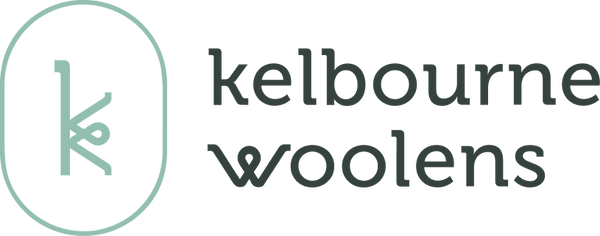Kate: You mentioned you also have a history of farming in your family. How did sheep and farming play a role in your day to day?
Kris: My father’s family has had a farm and sheep for six generations. Having the farm and the sheep is a long tradition on the Faroe Islands with the oldest son typically inheriting the farm. It isn’t always like that, though – my father is the youngest and wanted to keep farming, so he inherited the farm and the sheep. I am the oldest and only boy – I only have sisters – and I really like to farm, so I was happy to be a part of it. We have 200 sheep on the farm, so it isn’t considered to be a big farm, but the farm takes a lot of time out of the general day to day. It is more like a lifestyle, though, as it doesn’t make us enough money to live off of, but when you are sitting in your office all week stressing about delivery times, and starting at a computer, it is so nice to be able to go out on Saturday and spend the day in the field and with the sheep. All of the wool from our fleece goes into the wool to make Tradition, but most sheep in Faroe are actually used for meat. Part of the role of Navia is to increase the value of the sheep for wool. Previously, the wool was very important, because if you didn’t have the fleece, you didn’t have clothes, and we want to bring back that value.For the first few years, we grew slowly and steadily. Back then, the concept of Faroese yarn wasn’t a thing that people really understood. In order to educate the people and support the yarns, we launched books, each year having a book supporting the brand and concept of Froese yarns.
At the time, I was also working at a telephone company as the marketing and sales manager, and I was employing someone to run Navia. In 2009, though, in the middle of the financial crisis, Navia was growing, and I had to choose between the career job or focus on Navia.The under layer of the fleece is very soft, and the over layer is very rough. The over layer and under layer are both very long. The wool contains a lot of lanolin, so even though it rains so much, the sheep are protected form the rain and their skin stays completely dry. The wool is very natural and is grown in a rough environment, which makes the wool very strong and warm and breathable due to the evolution of the climate.
When producing the wool for Tradition, we sort the wool and take the best wool. The first class wool is what we take for the yarns, and the second class is sold to be produced into carpet yarns. We’re also working on using this wool for insulation for housing in order to increase the demand for the wool and reduce waste.Kris: When it comes to Scandinavian designs and patterns, we again look back to the Viking age. In the old days, people came from Norway and Sweden and occupied Faroe, Iceland, and Scotland. The Vikings were weavers, but not knitters, so the patterns were all weaving patterns. In the 1500-1600s, the weavers began to knit, and they used these patterns for knitting. Many of the motifs that came to the islands have been here for over 1,000 years and evolved slightly over time. As Faroese, we can tell by looking at the jumper, where it is from.
In 1932, Hans Marius Debes published a book, Føroysk Bindingarmynstur, a compilation of Faroese patterns. Today we call this the “Great Pattern Book” and it is used as the foundation for all of our designs. The knitting patterns we publish are produced both for the Faroese market and export. We have a team of 50 women who are excellent knitters, some of them are educated designers and some of them are excellent knitters who design just for us. We have a designer who works in a bakery, one who works in the fish plant, and others are high ranking CEOs. We also have all ages, young and old, who do the designs. For each collection, we have parameters and encourage the designers to use the local Faroese patterns to help continue and highlight the tradition. We also try to pay attention to the trends, though, so find the balance between the traditional sweaters and the modern.
